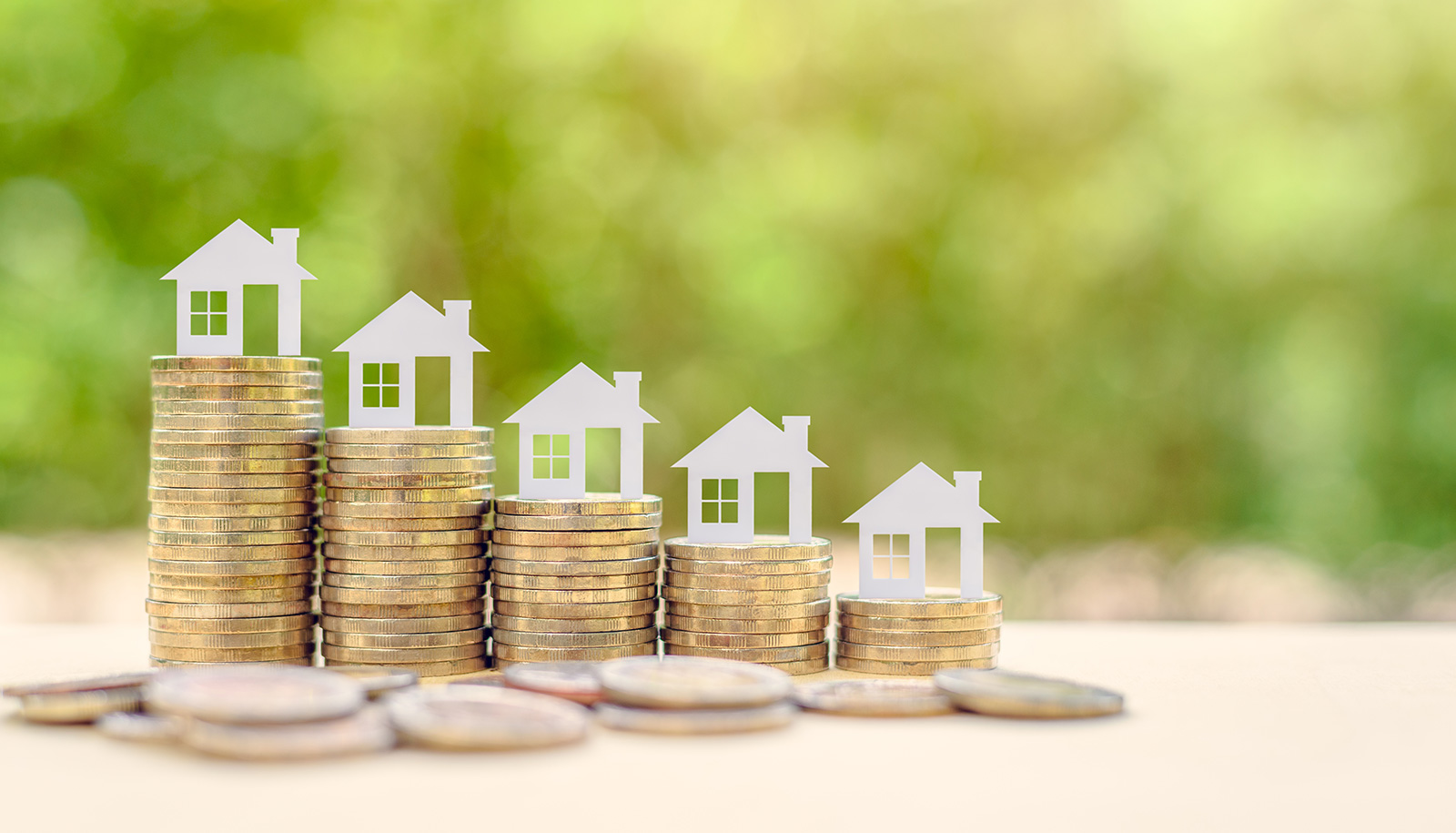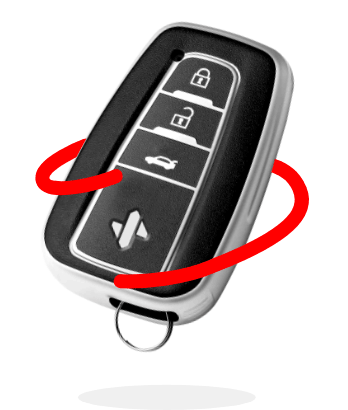Recoverable depreciation is a crucial aspect of insurance claims that many policyholders may not fully understand.
In this post, we’ll delve into the depths of recoverable depreciation and how it can significantly impact your insurance claims. By the end, you'll have a comprehensive understanding of this concept and the benefits it can bring.
WHAT IS RECOVERABLE DEPRECIATION?
Recoverable depreciation is the difference between an item's actual cash value (ACV) and its replacement cost value (RCV). It represents the amount that can be claimed back from the insurance company after repairs or replacements have been made.
This concept plays a vital role in ensuring policyholders receive adequate compensation for their damaged or lost assets.
THE ROLE OF RECOVERABLE DEPRECIATION IN HOME INSURANCE
Recoverable depreciation is particularly relevant in home insurance policies. One common example is roof repairs. Over time, roofs naturally depreciate due to exposure to the elements. When damage occurs, insurance companies consider this depreciation when calculating claim payouts.
By understanding recoverable depreciation, homeowners can better navigate the claims process and ensure they receive fair compensation.
It's also important to note that there are usually time limits for claiming recoverable depreciation. Policyholders must file their claims within a specific period, typically 180 days to a year from the date of loss.
HOW DOES RECOVERABLE DEPRECIATION WORK IN INSURANCE CLAIMS?
When navigating an insurance claim involving recoverable depreciation, it's essential to grasp the specific steps involved to ensure a successful outcome. Here's a breakdown of how recoverable depreciation operates in insurance claims:
Assessment by an Insurance Adjuster
Initially, the insurance company dispatches an adjuster to evaluate the extent of the damage. The adjuster determines the affected items' Actual Cash Value (ACV) during this assessment. The ACV represents the current market value of the damaged property, accounting for depreciation based on factors such as age and wear and tear.
Compensation for ACV
The policyholder is compensated for the determined ACV amount after the adjuster's assessment. Considering their depreciated value, this initial payout is designed to help cover the cost of repairing or replacing the damaged assets.
Repairs or Replacements
Once the policyholder proceeds with repairs or replacements, they’re advised to keep detailed records of the expenses incurred during this phase, including receipts and relevant documentation.
Reimbursement of Recoverable Depreciation
Policyholders can submit their receipts and supporting documents to the insurance company after the repairs or replacements have been completed. The insurance company reviews the submitted information and calculates the Recoverable Depreciation (RD).
RD Calculation
As you’ve learned, Recoverable Depreciation represents the difference between the ACV (the initial payout) and the Replacement Cost Value (RCV) of the repaired or replaced items.
The RCV is the cost of restoring or replacing the damaged property to its pre-loss condition without considering depreciation. Your insurance company factors this difference and reimburses the policyholder for the recoverable depreciation amount.
Complete Restoration or Replacement
By reimbursing the recoverable depreciation, insurance companies ensure that policyholders receive adequate funds to fully restore or replace their damaged assets, returning them to their pre-loss condition.
Understanding this process empowers policyholders to navigate insurance claims more effectively, ensuring they receive the funds to recover from covered losses fully.
WHO KEEPS THE RECOVERABLE DEPRECIATION CHECK?
The disbursement of recoverable depreciation can be a complex process. Typically, the check for recoverable depreciation is issued jointly to the policyholder and the contractor who performed the repairs. This ensures transparency in the use of funds and guarantees that the money is used for its intended purpose.
Policyholders must communicate and work closely with their contractors to ensure a smooth disbursement process. Policyholders can expedite the reimbursement of recoverable depreciation by maintaining clear lines of communication and providing the necessary documentation.
HOW TO GET YOUR RECOVERABLE DEPRECIATION BACK
Recovering depreciation requires proactive steps on the part of the policyholder.
- Firstly, it's essential to keep meticulous records of all expenses related to repairs or replacements. This includes invoices, receipts, and any other relevant documentation.
- Policyholders should also maintain open lines of communication with their insurance companies and contractors.
- Promptly submit all required documents and follow up on the claim's progress.
In some cases, policyholders may choose to handle the recoverable depreciation process themselves, but it's essential to weigh the pros and cons before making this decision.
THE SIGNIFICANCE OF RECOVERABLE DEPRECIATION
Recoverable depreciation plays a significant role in mitigating the financial burden of insurance claims. Without a proper understanding of this concept, policyholders risk being undercompensated for their losses. By maximizing recoverable depreciation claims, homeowners can save substantial money and ensure their assets are adequately restored or replaced.
NON-RECOVERABLE DEPRECIATION
Non-recoverable depreciation represents an asset's actual cost value and accounts for the natural loss in its worth as it undergoes wear and tear over time. In scenarios where your homeowners insurance policy exclusively covers non-recoverable depreciation, your reimbursement will be based solely on the item's present value, disregarding its replacement cost, which, in many instances, tends to be higher.
This means that if you have a claim and your policy covers non-recoverable depreciation, you'll receive compensation for the item's current market value, which may not fully cover the expense of acquiring a new, similar item, especially considering factors like inflation and market fluctuations.
Understanding the distinction between recoverable and non-recoverable depreciation is crucial for homeowners to make informed decisions about their insurance coverage and anticipate potential gaps in coverage.
Recoverable depreciation is a vital aspect of insurance claims that policyholders should thoroughly understand. By grasping the nuances of this concept, homeowners can navigate the claims process more confidently and ensure they receive fair compensation.
We encourage you to explore recoverable depreciation further and consult your insurance provider for specific questions or concerns. By having a solid understanding of this concept, you can make informed decisions and potentially save significant amounts of money in the event of a loss.
If you need help finding the best homeowners insurance coverage for the best price, start by speaking to a SimplyIOA agent at 833.872.4467 or get a homeowners insurance quote online now.










